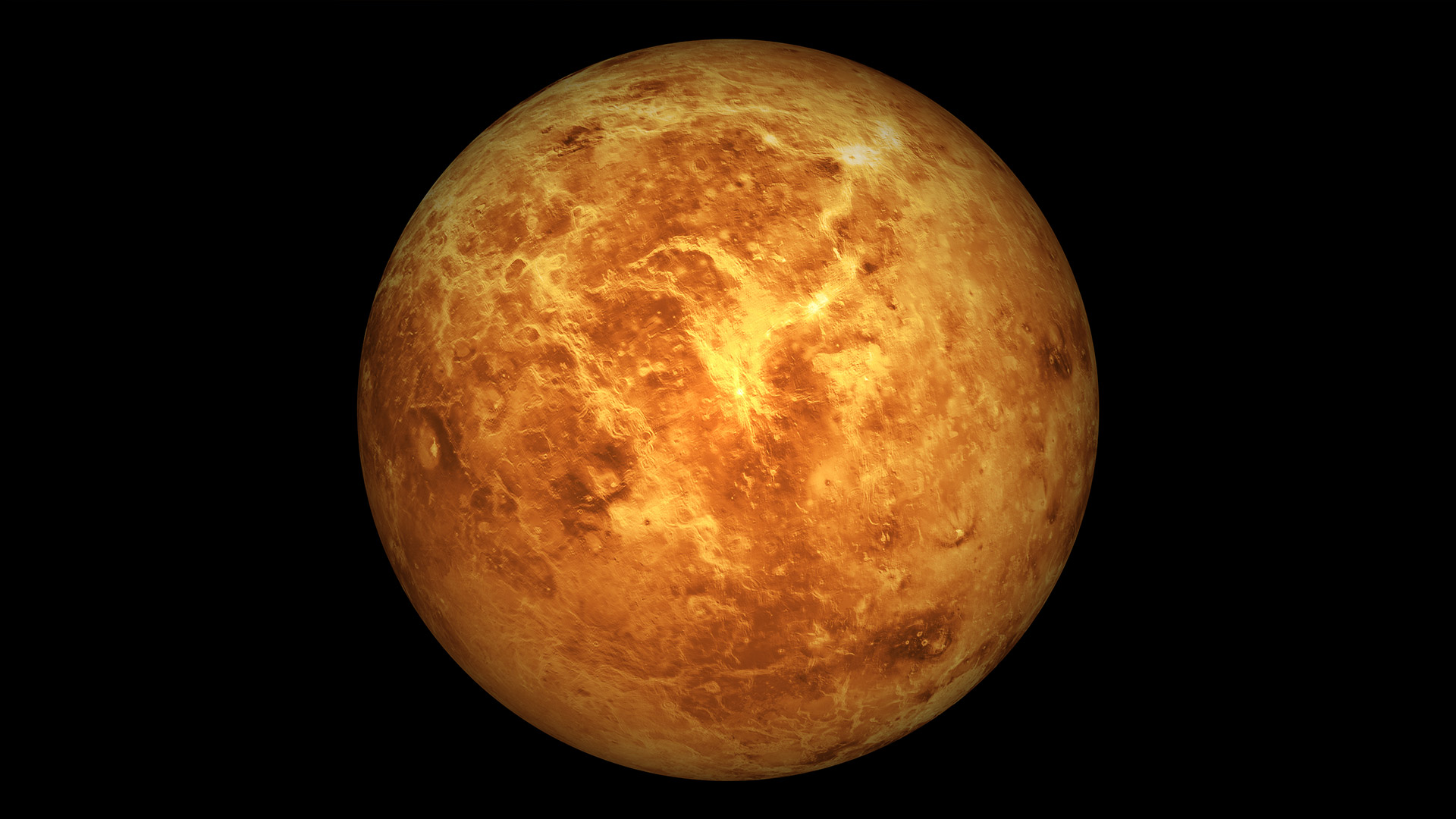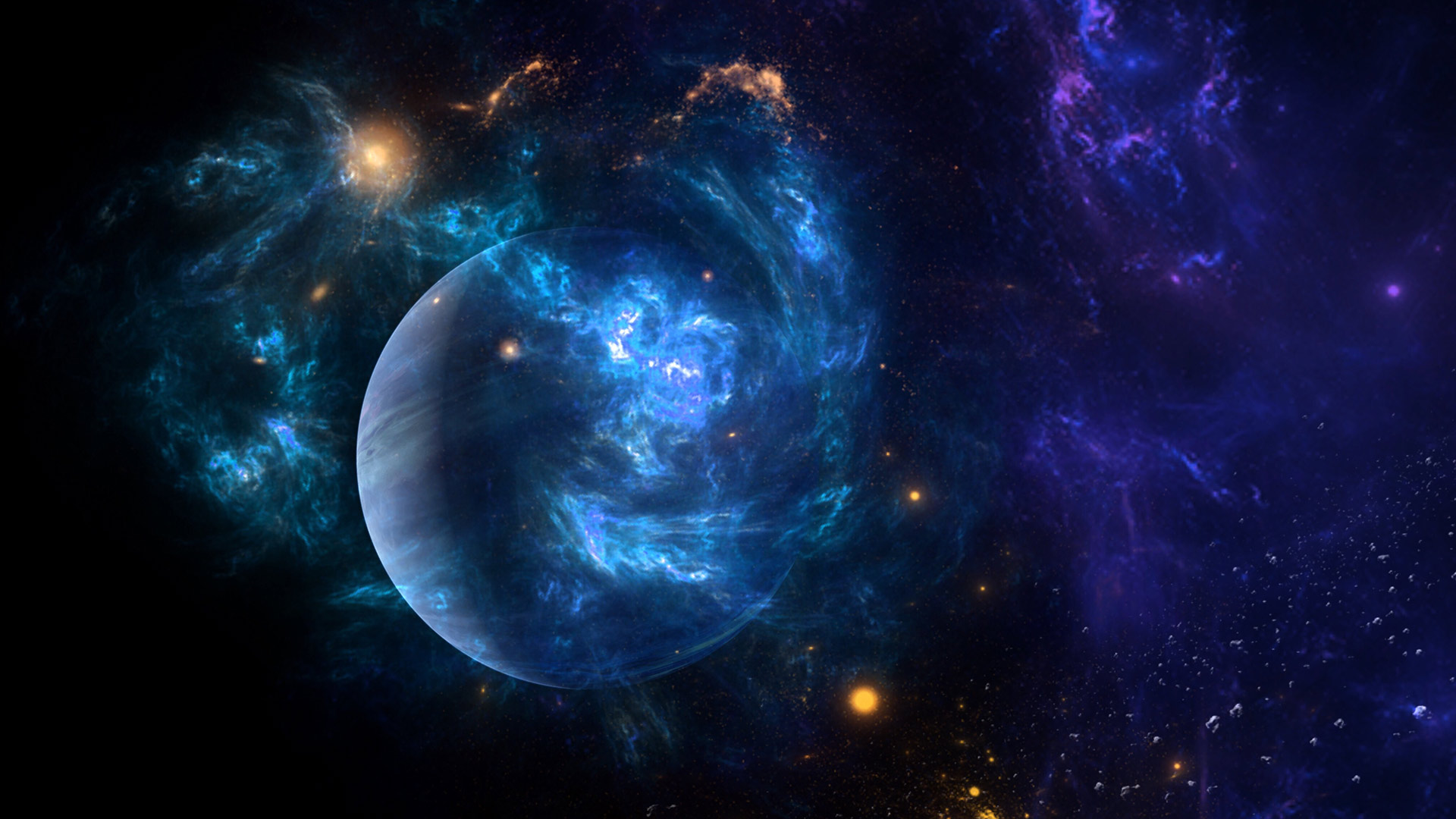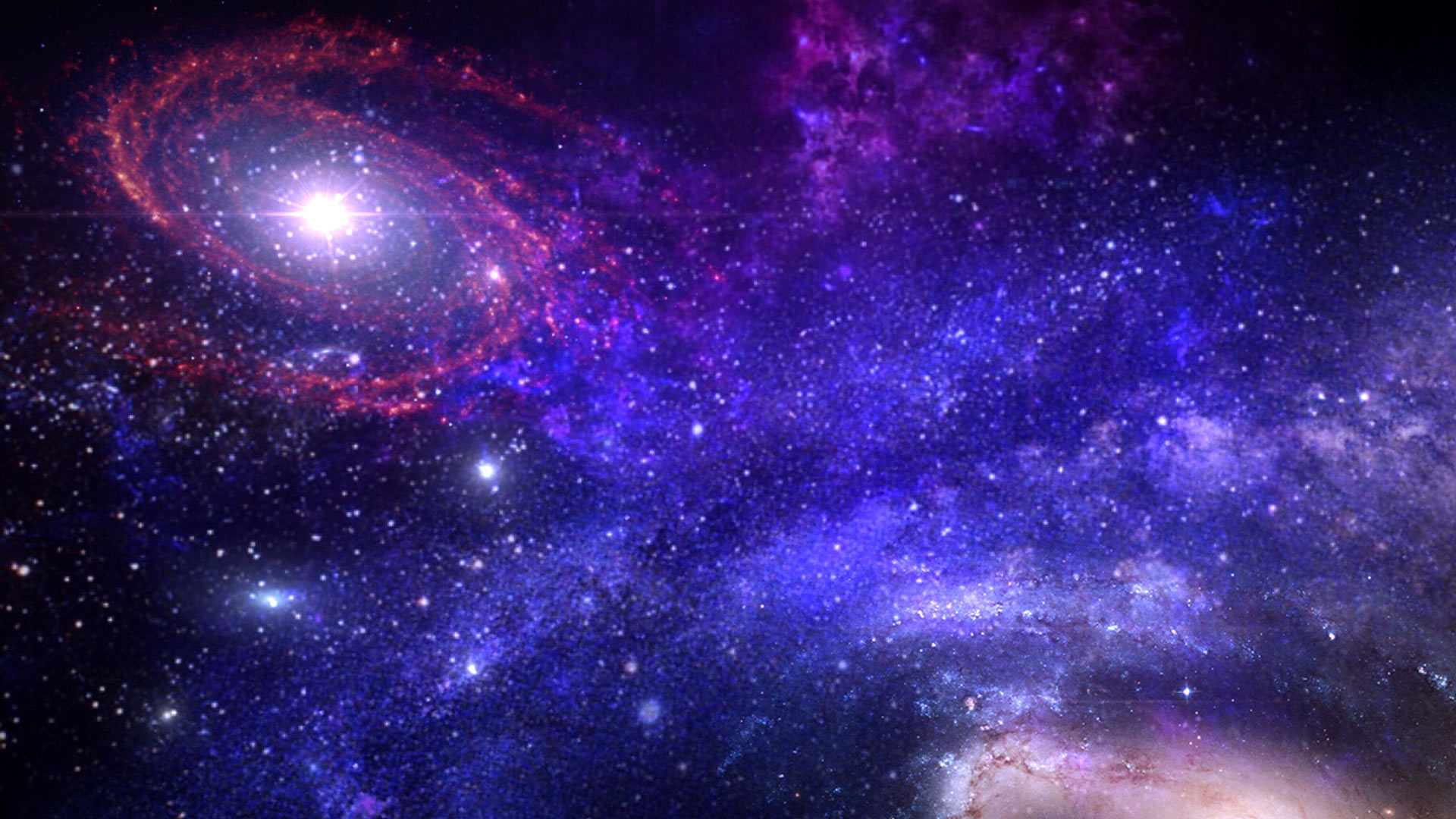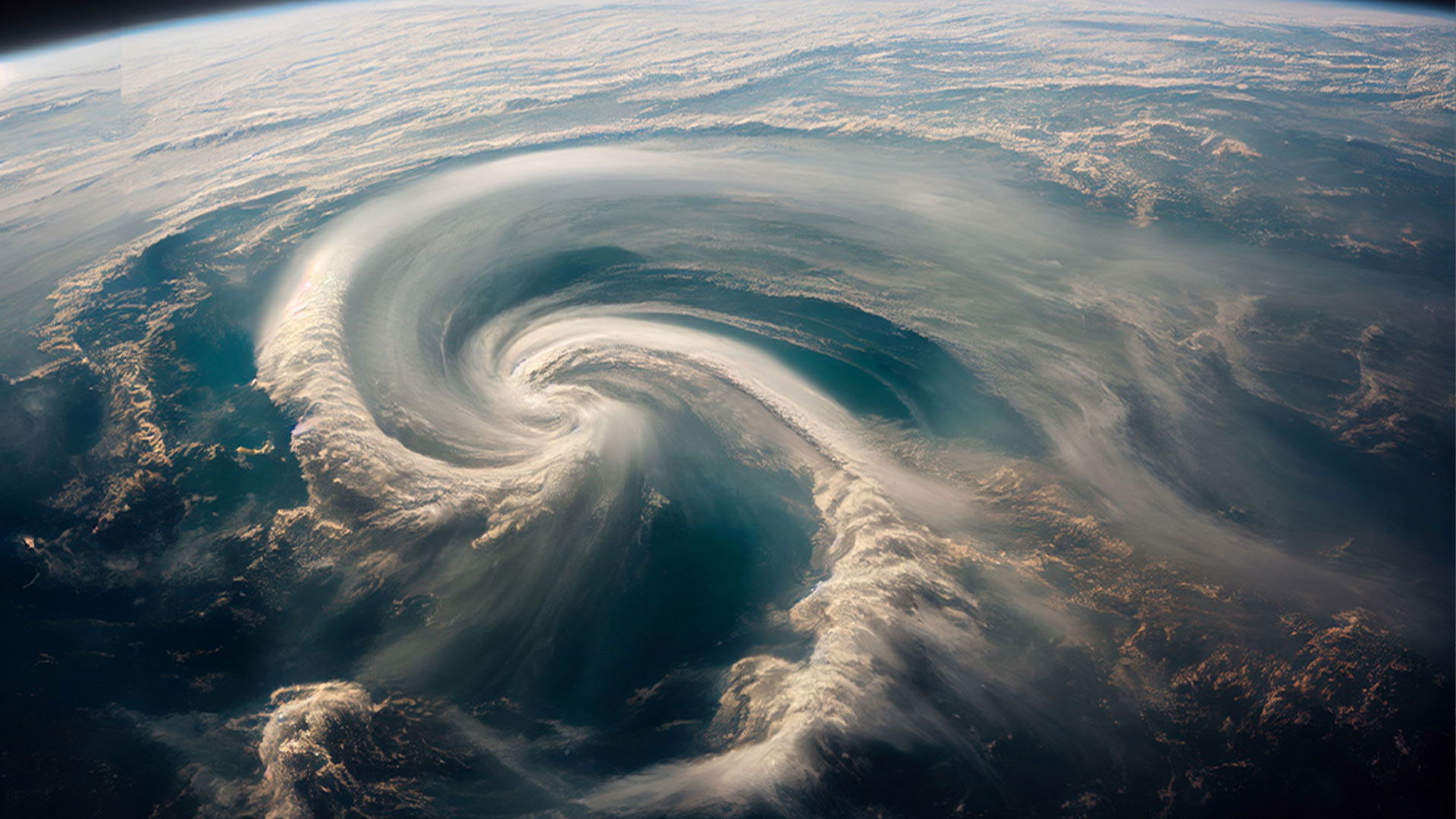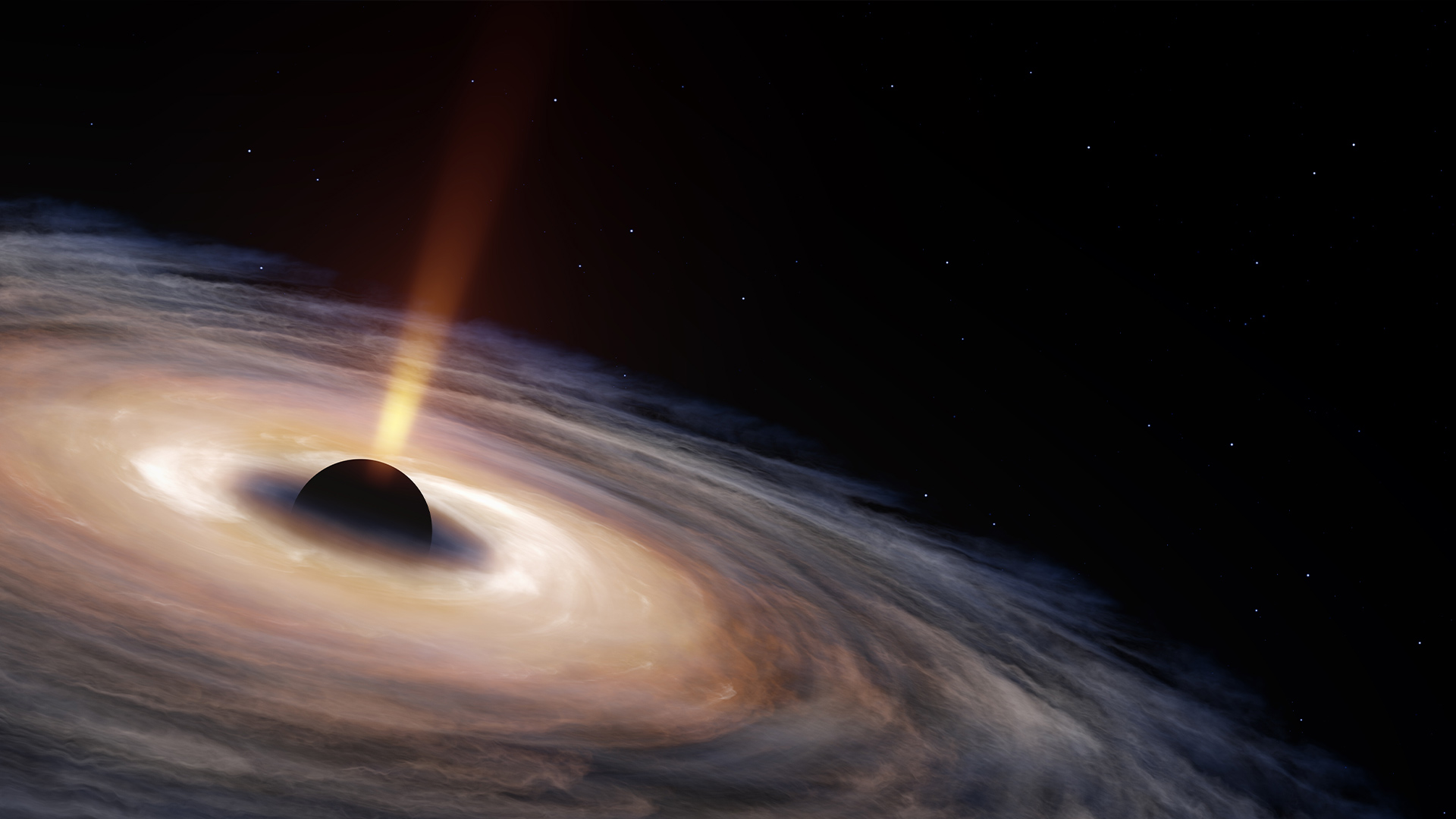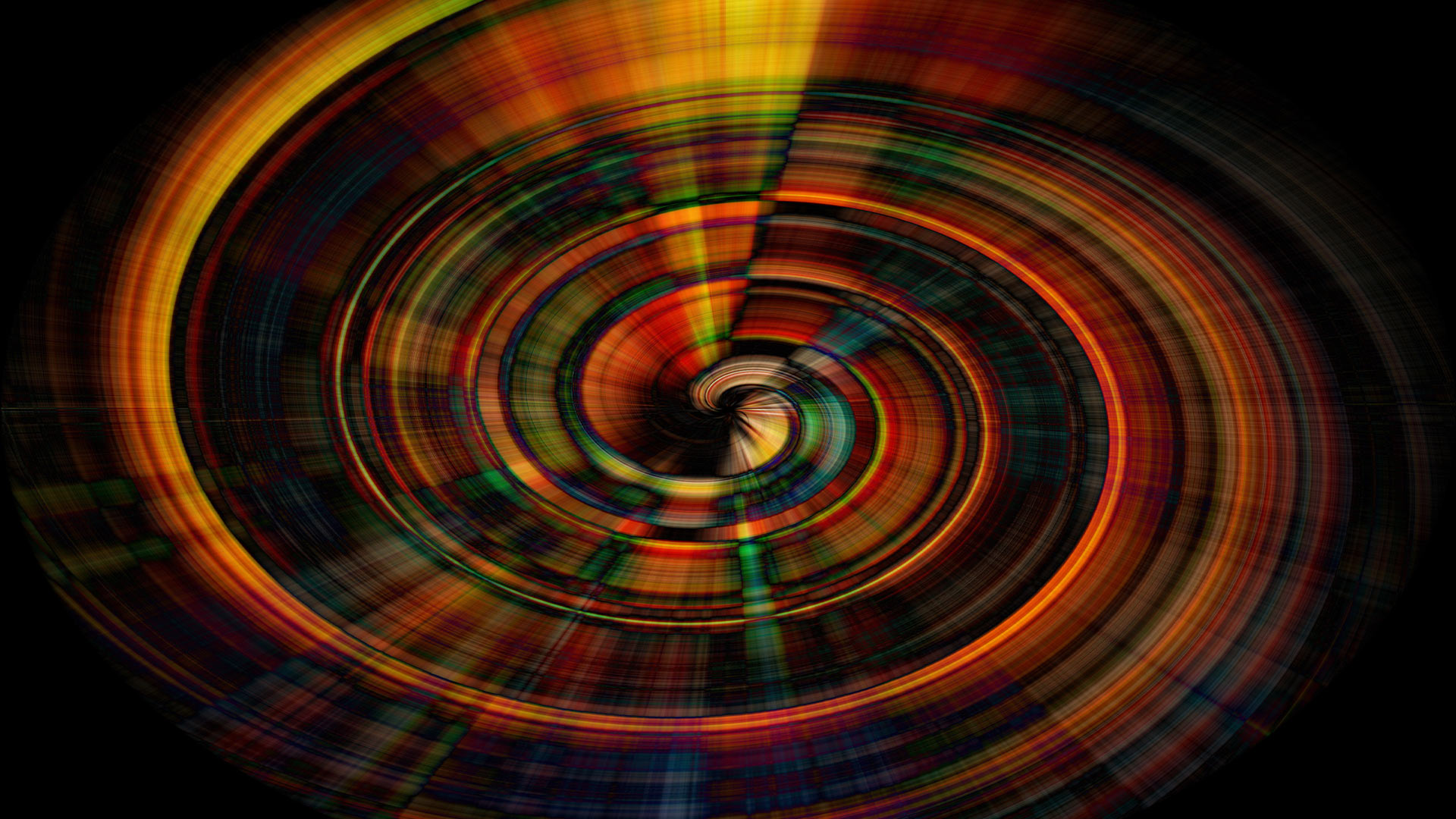Explore the Unknown
Discover the secrets of black holes, galaxies, and the origin of the universe.

Trending Now
Featured Articles
Latest and most popular articles from all categories
Explore by Topic
Journey through different realms of cosmic knowledge
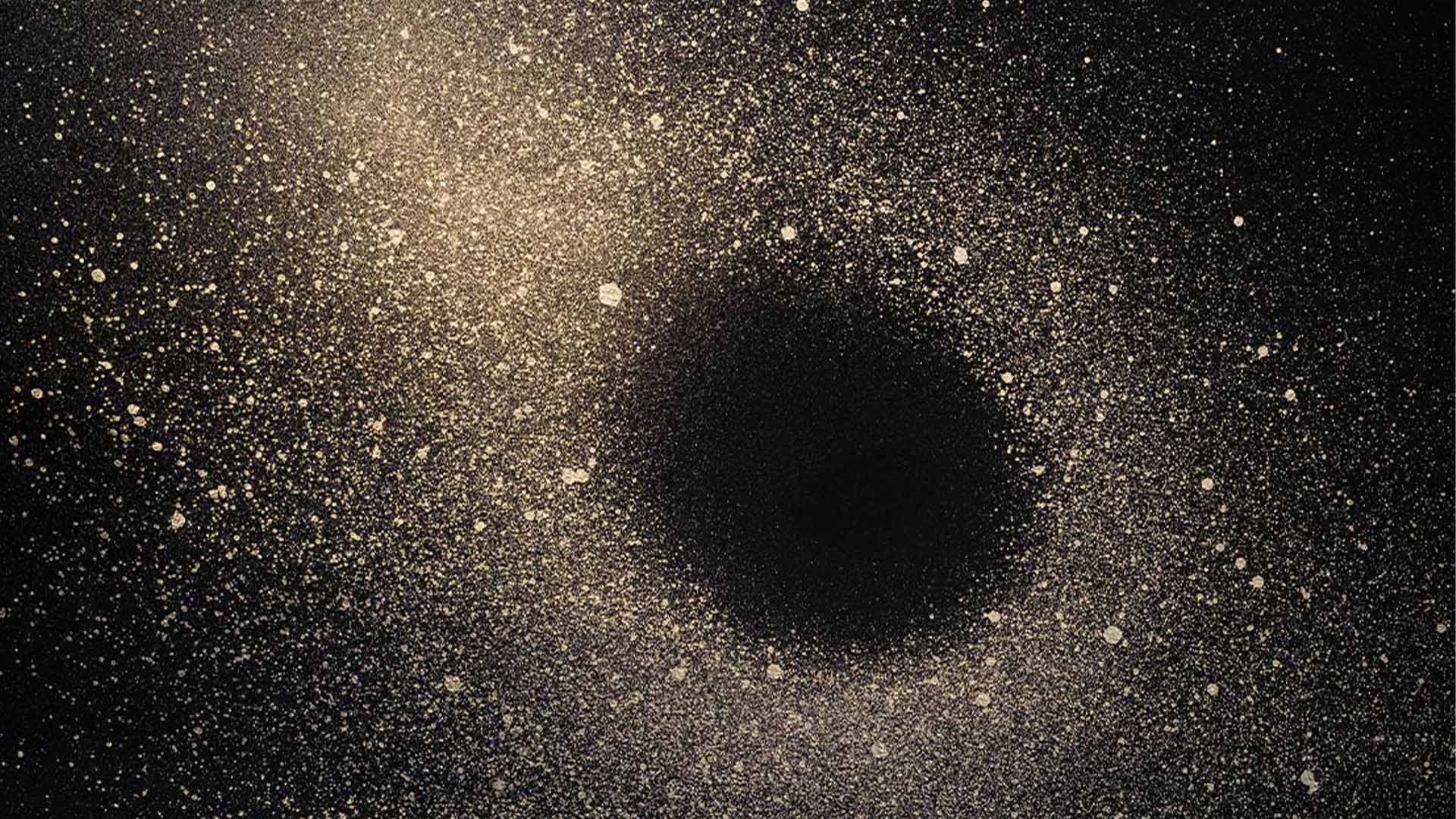
Black Holes & Extreme Phenomena
Dive into the most extreme and mind-bending phenomena in the universe. From black holes that bend spacetime to gravitational waves rippling across the cosmos.
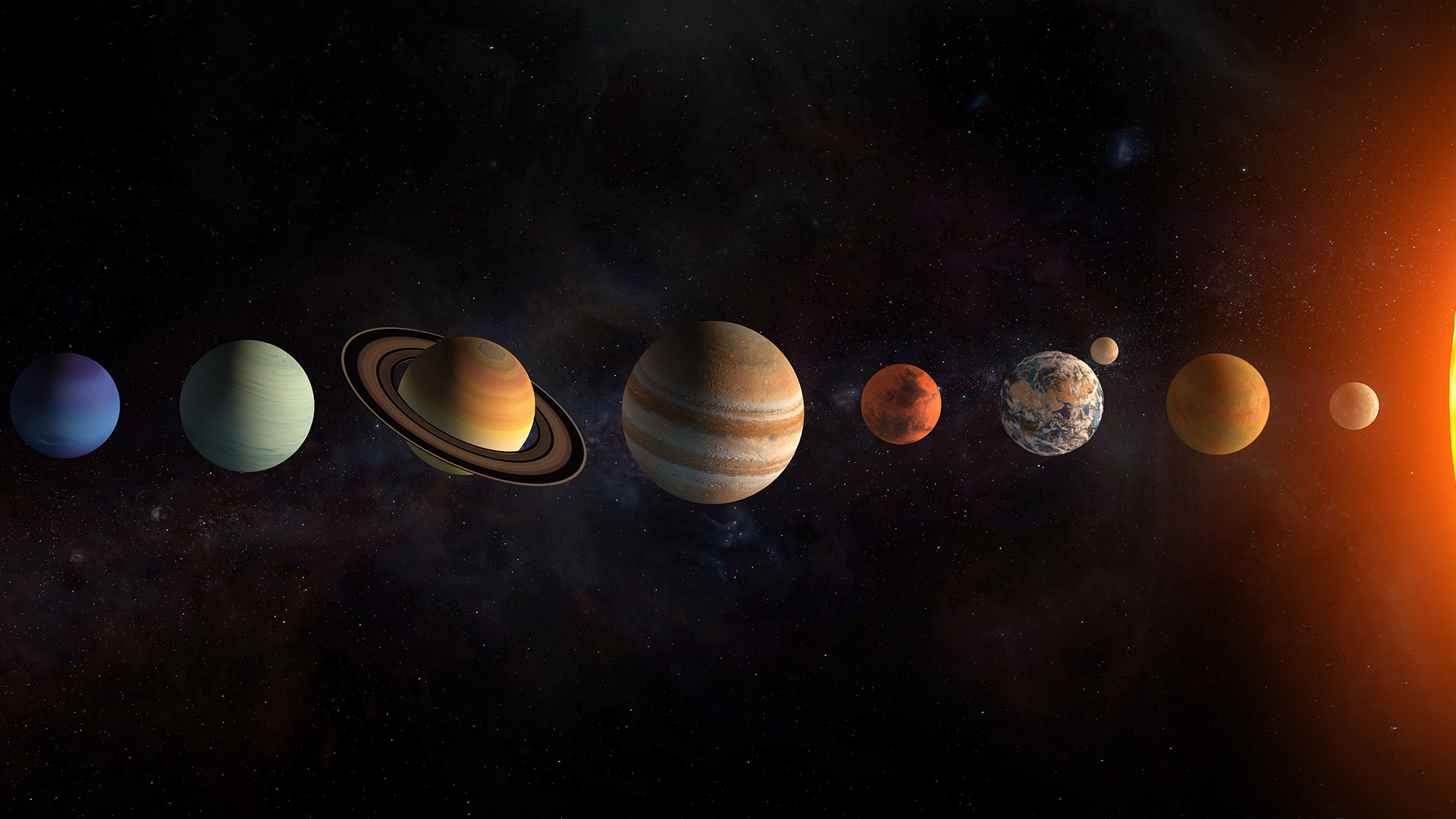
Solar System Basics
Journey through our cosmic neighborhood. Learn about the Sun, planets, moons, and other objects that make up our solar system.
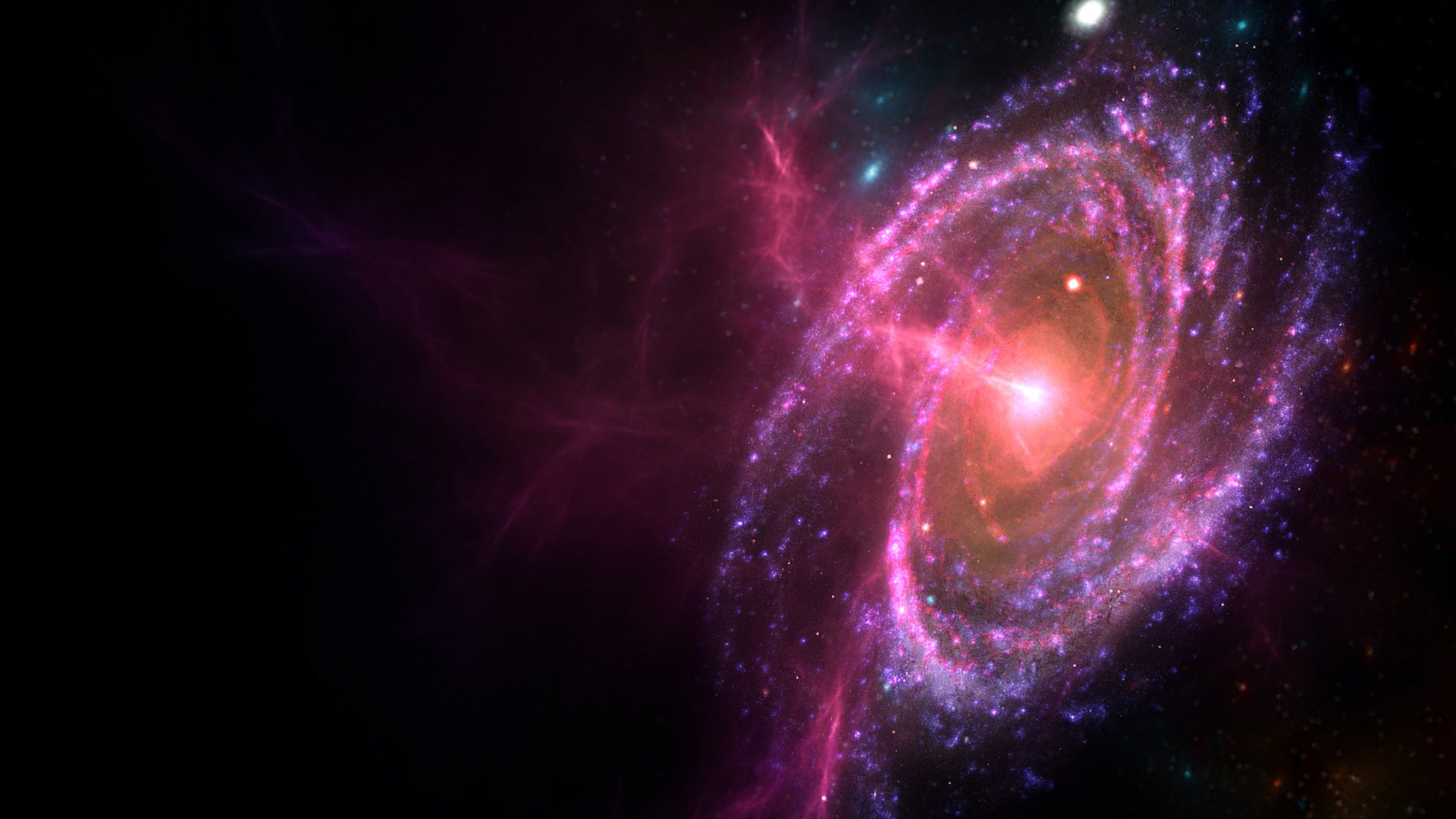
Galaxies & Cosmic Structures
Explore the large-scale architecture of the universe. Discover how galaxies form, evolve, and interact across cosmic time scales.
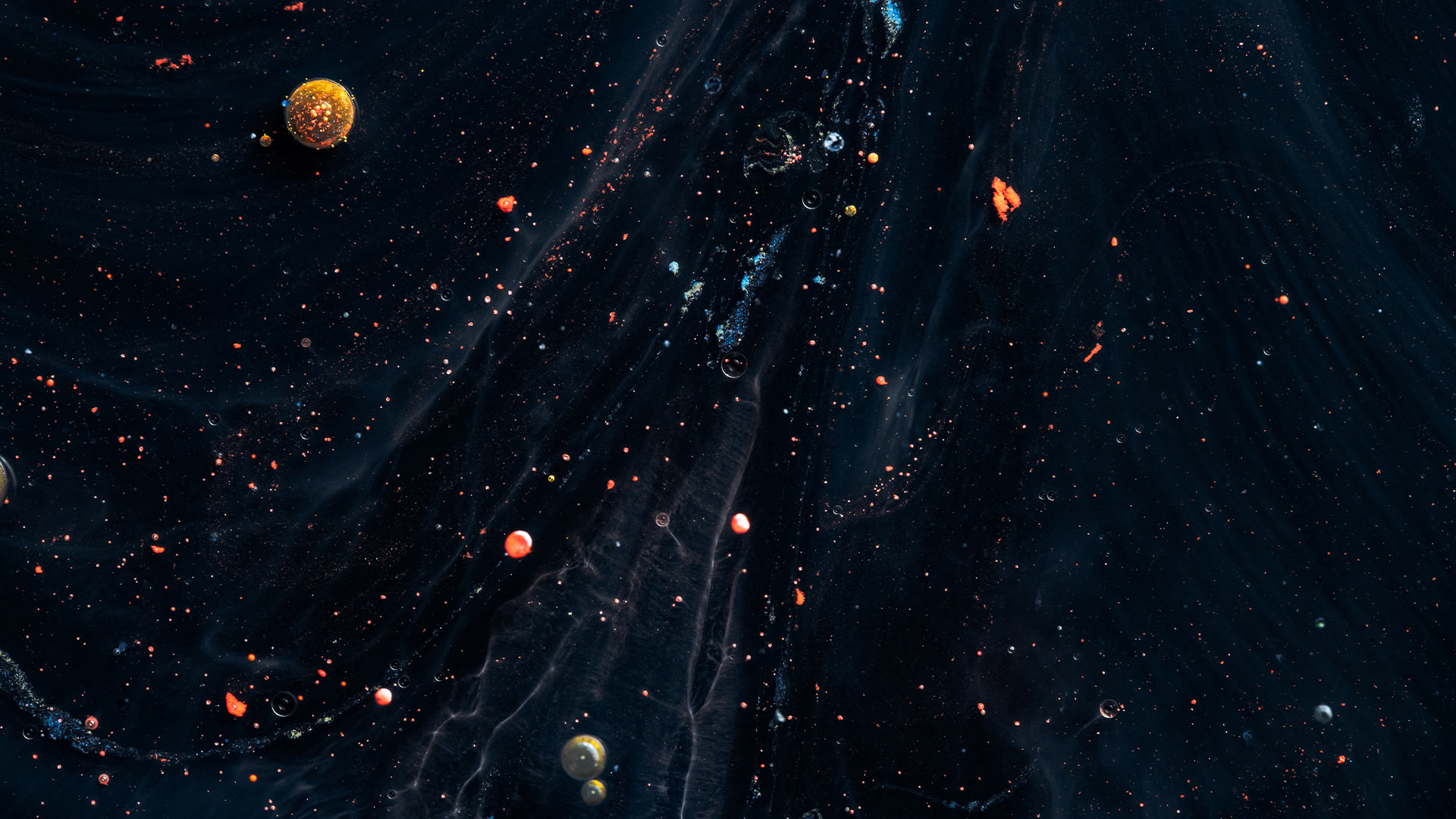
Big Bang & the Expanding Universe
Uncover the origin story of everything. From the first moments after the Big Bang to the accelerating expansion we observe today.
Science Deep Dive
High-quality long-form content exploring cosmic phenomena in depth

White Holes: Theoretical Opposites of Black Holes
In the realm of theoretical physics, few objects are as mysterious as white holes. While black holes are well-documented cosmic bodies that trap everything—including light—white holes are their mathematical opposites. They are solutions to Einstein's equations that expel matter and energy, and nothing can enter them.
But do white holes actually exist in our universe? Or are they merely mathematical curiosities? Let’s explore the origins, theories, and challenges of white holes.
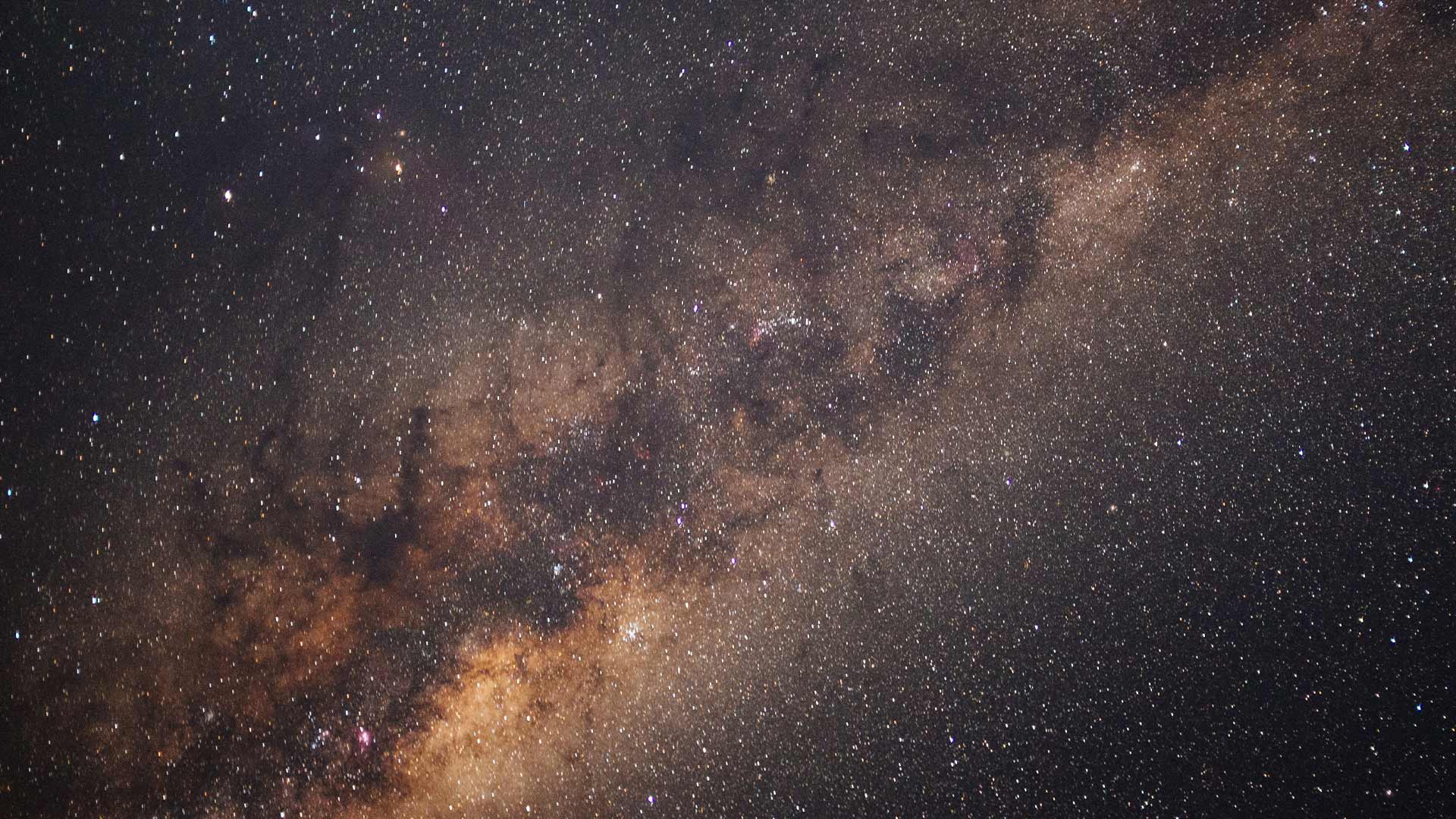
How Black Holes Shape Galaxies and Control Star Formation
For decades, black holes were thought to be destructive monsters, devouring everything in their path. But recent discoveries have revealed a much more complex role for these cosmic objects: black holes help regulate the life cycles of galaxies, including how and when stars are born.
This article explores how black holes, particularly supermassive black holes at the centers of galaxies, influence galactic structure and star formation through gravitational forces, energy feedback, and cosmic regulation.
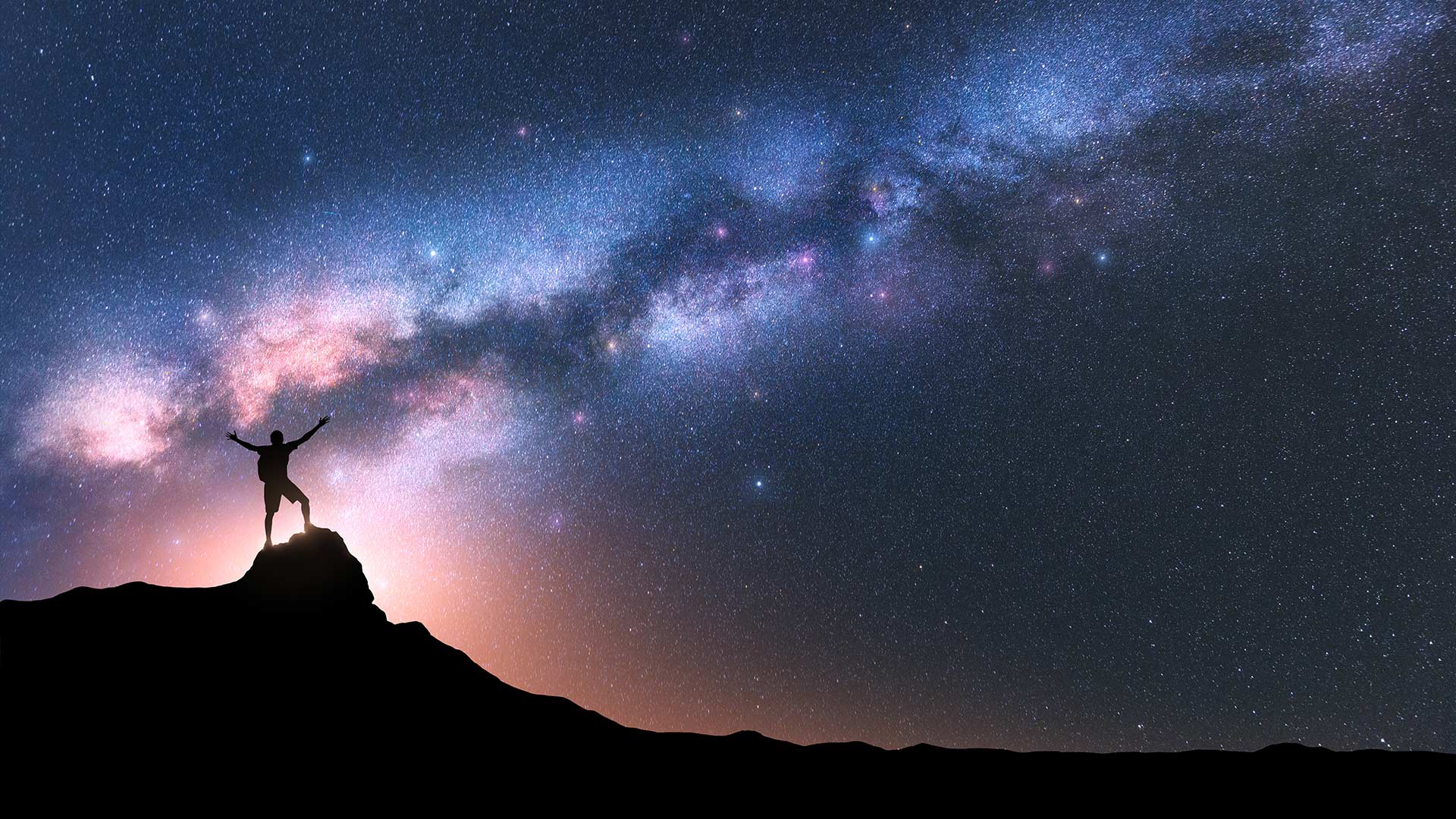
Extreme Phenomena You’ve Never Heard Of: Quasars, Magnetars, and More
When we think of extreme phenomena in the universe, black holes and supernovae often come to mind. But beyond these well-known cosmic giants lie even stranger, more powerful, and lesser-known objects. In this article, we’ll explore some of the most extreme astrophysical phenomena—including quasars, magnetars, blazars, neutron star collisions, and gamma-ray bursts—that push the boundaries of what we understand about physics and space.
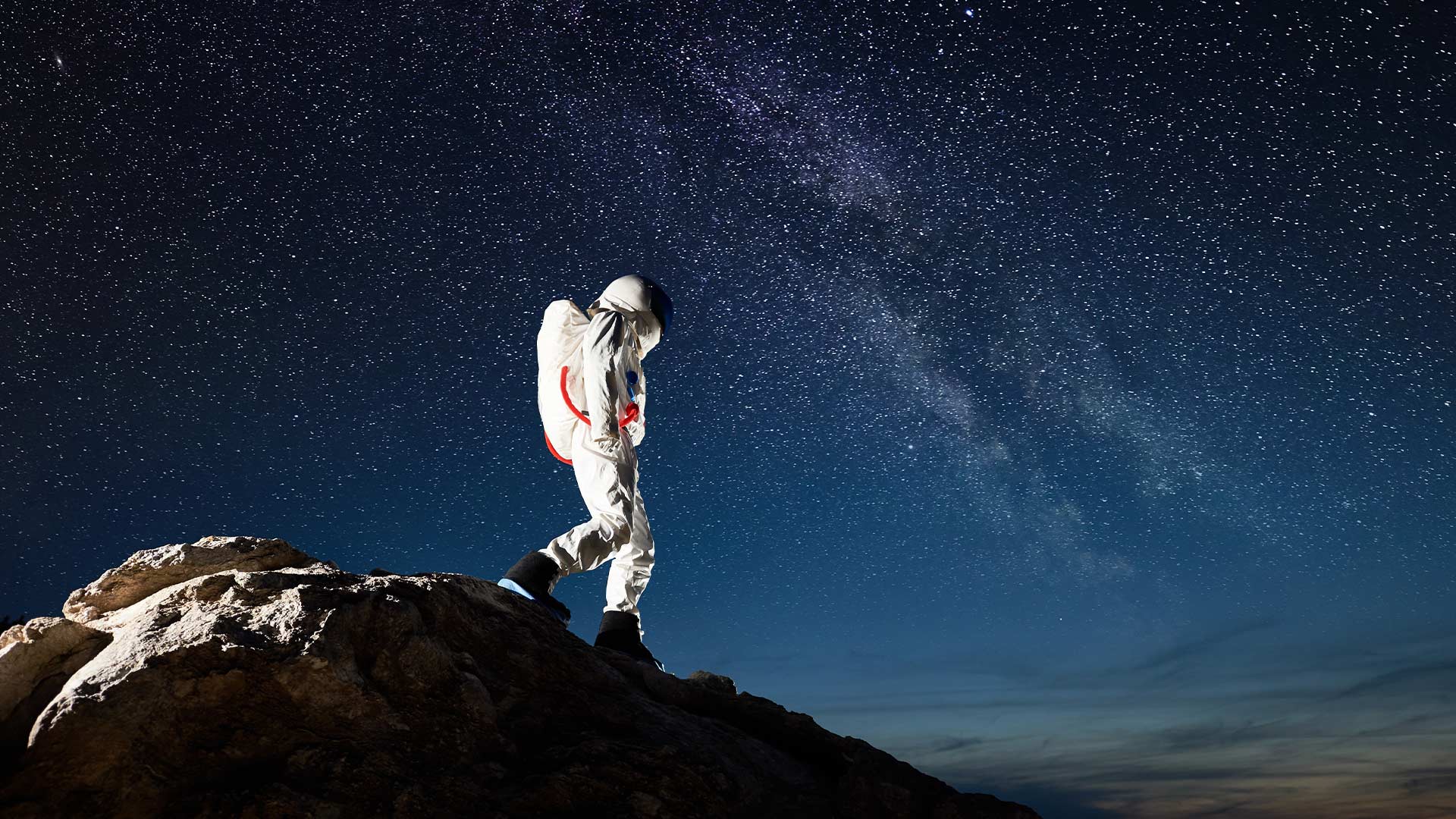
Mini Black Holes: Are Tiny Black Holes Roaming Our Universe?
Mini black holes remain one of the most fascinating and elusive possibilities in modern astrophysics. Though we have yet to detect them, their existence could explain some of the universe’s greatest mysteries—from the nature of dark matter to the conditions of the early cosmos.
As observational techniques continue to advance, the next decade may finally reveal whether these tiny black holes are out there—and whether they are shaping the universe in subtle, invisible ways.

How the Solar System Was Formed: From Dust to Planets
The solar system as we know it—containing the Sun, eight planets, moons, asteroids, and comets—was born over 4.5 billion years ago from a cloud of gas and dust. This process, called solar system formation, is supported by astronomical observations, computer simulations, and analysis of meteorites.
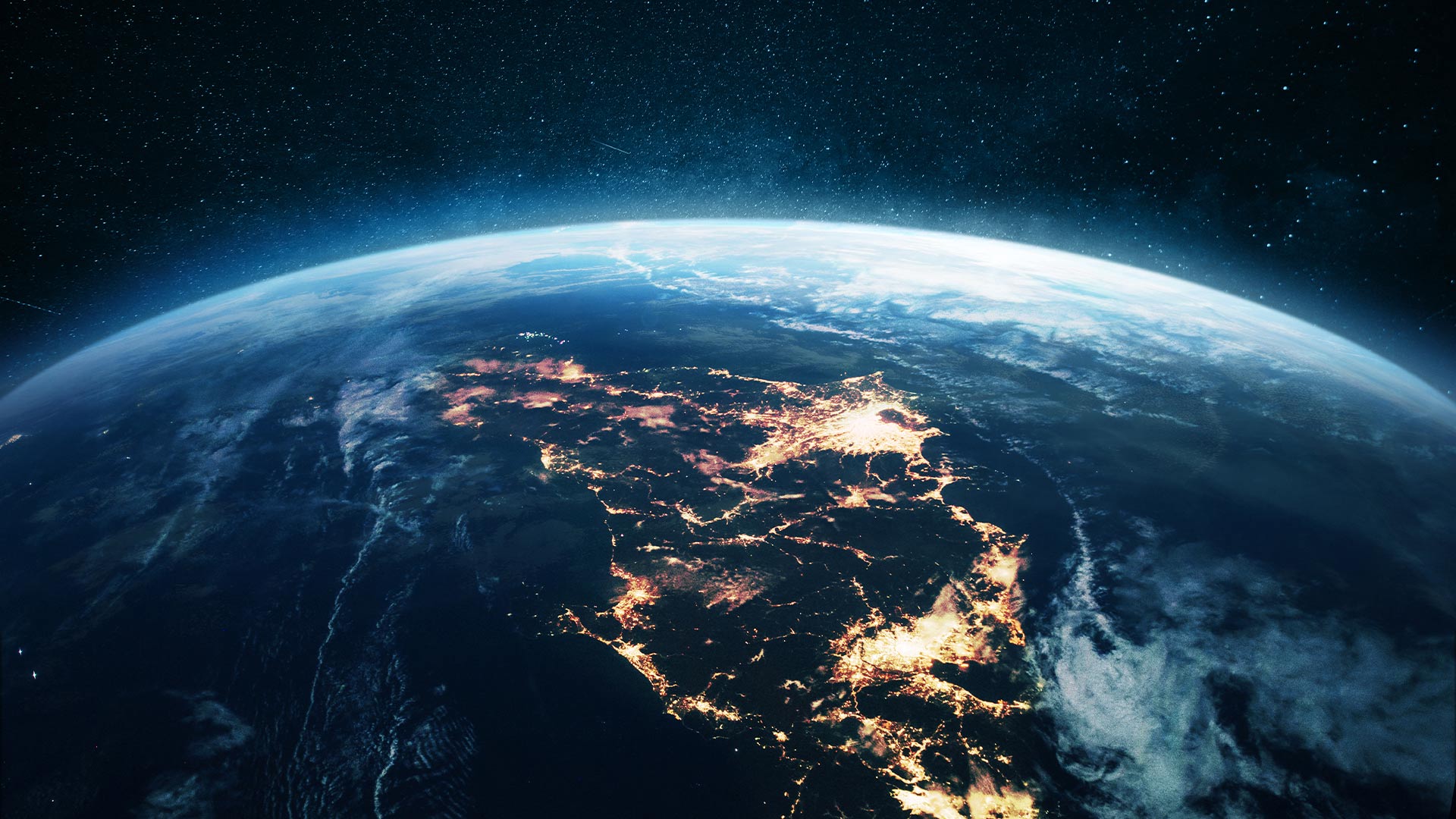
Why Pluto Is No Longer a Planet: The Real Reason
For over 75 years, Pluto was considered the ninth planet of our solar system. Discovered in 1930 by American astronomer Clyde Tombaugh, Pluto held a special place in textbooks, science museums, and popular culture. But in 2006, the International Astronomical Union (IAU) reclassified Pluto as a “dwarf planet,” triggering a wave of public confusion and debate.
So what really happened? Why was Pluto stripped of its planetary status? Here’s the real, science-based explanation.


